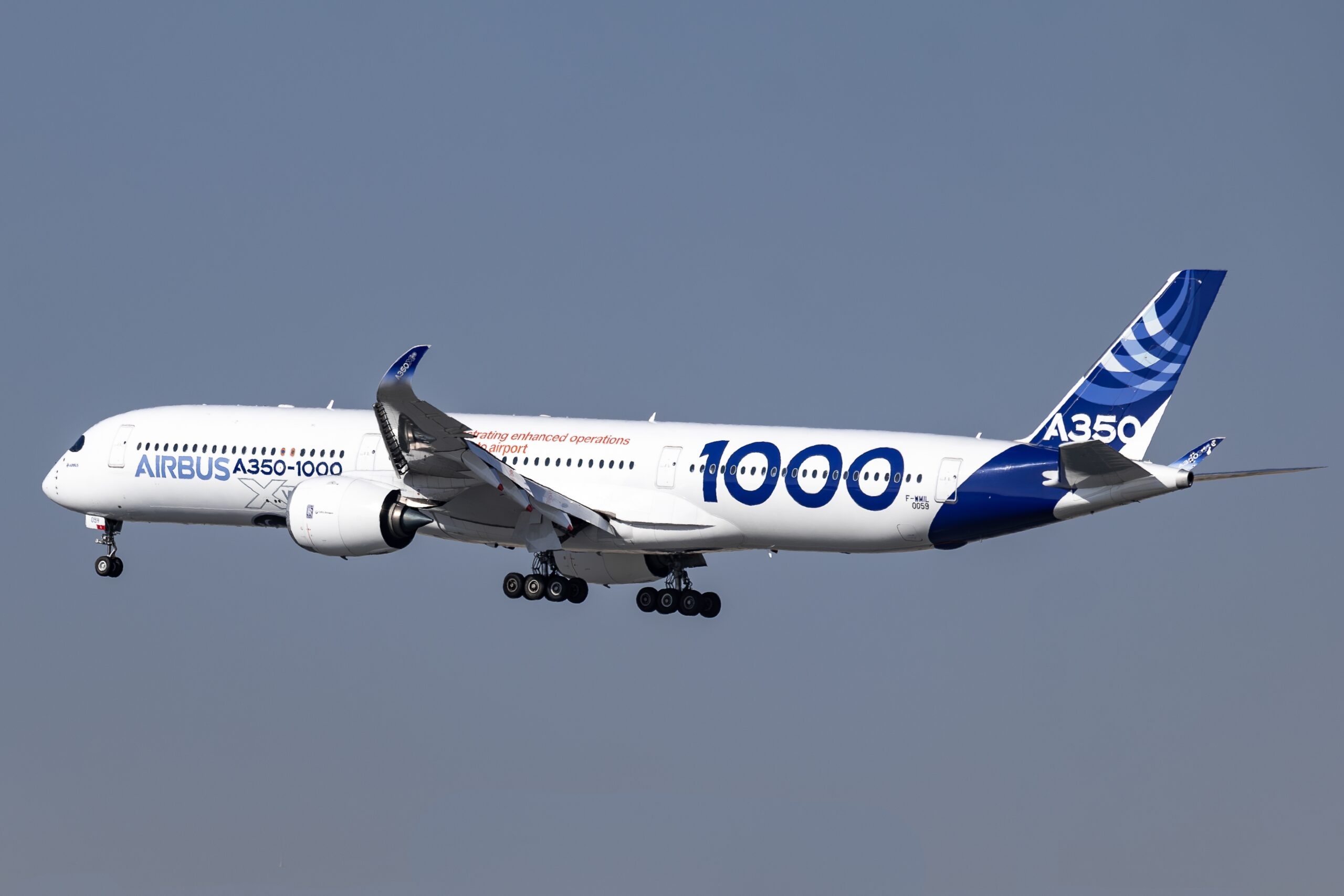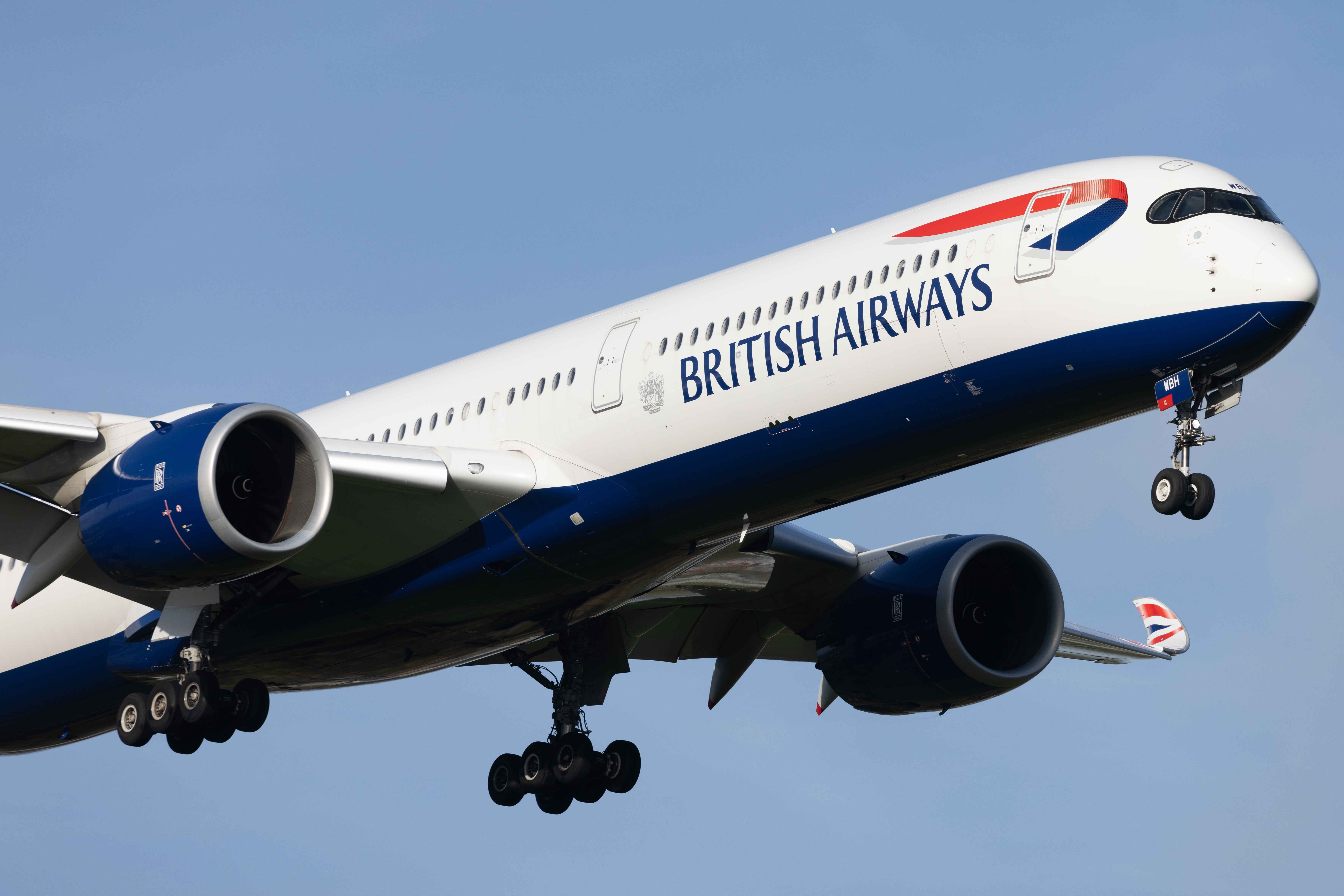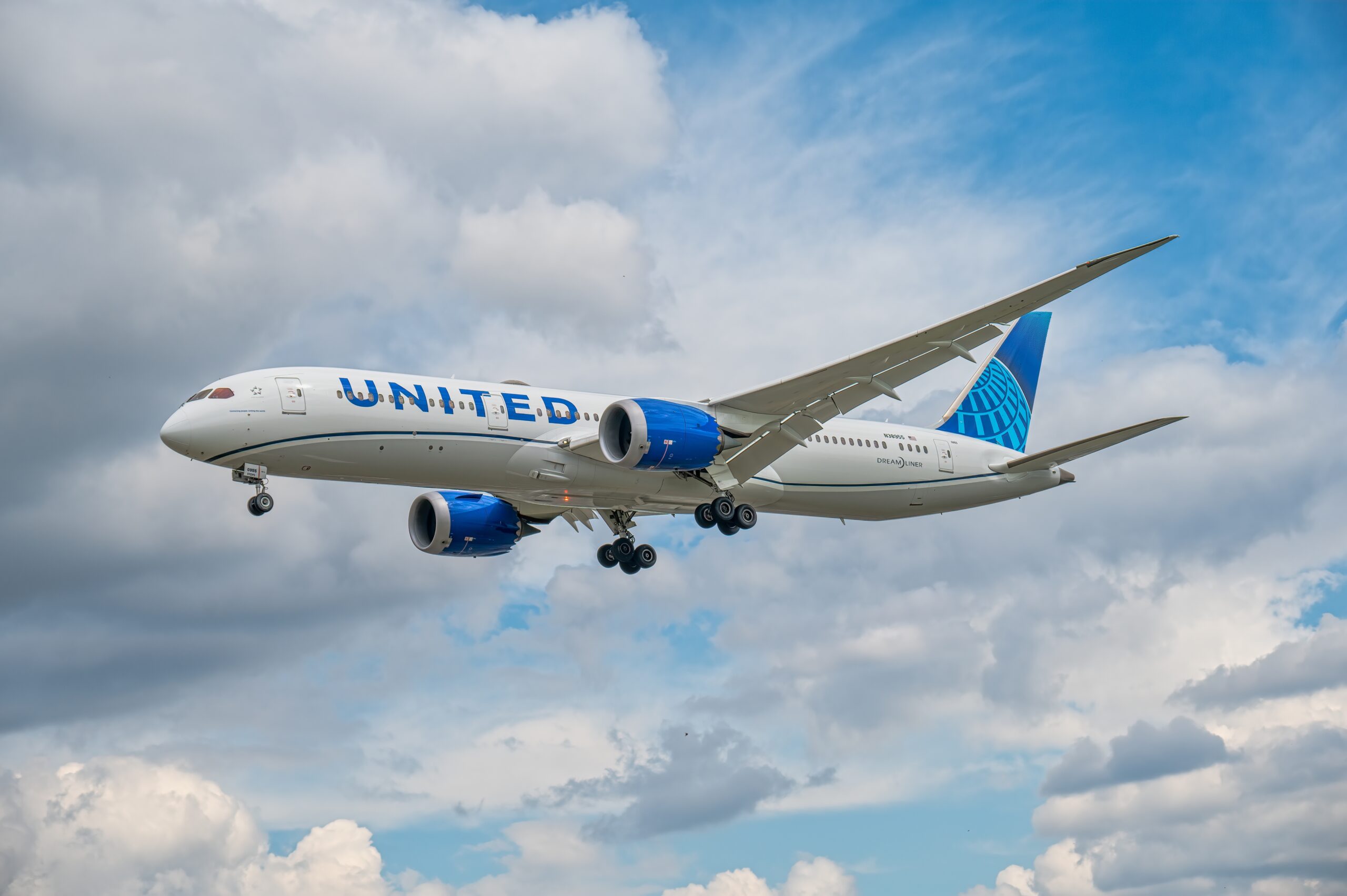The Birth of the 20th Century
In 1901, the world stood at the brink of modernity. It was a year marked by technological advancements, political shifts, and cultural changes. The residue of the 19th century lingered, but the seeds of the 20th century were unmistakably being sown.
The dawn of the century brought with it an era that would be dominated by rapid industrialization and scientific breakthroughs. This was a period where the foundations for future geopolitical landscapes were being laid.
Scientific and Technological Progress
The year 1901 was pivotal in science and technology. Guglielmo Marconi successfully transmitted the first transatlantic radio signal. This breakthrough laid the groundwork for modern communication. It connected continents and made the global village a little smaller.
Wilbur and Orville Wright were in the midst of their experiments with powered flight. Though they would not achieve their first successful flight until 1903, their work was critical in this period. Aviation, as a concept, was transitioning from fantasy to reality.
In medicine, the Nobel Prize in Physiology or Medicine was awarded to Emil von Behring for his work on serum therapy. This advancement was instrumental in combating diphtheria and represented a leap forward in immunology.
Global Political Climate
The geopolitical climate of 1901 was characterized by colonial expansion and the jostling of empires. In January, Queen Victoria of the United Kingdom passed away, signaling the end of the Victorian era. Her death marked a time of transition for the British Empire, which was at its territorial zenith.
In the United States, President William McKinley began his second term, only to be assassinated in September. This tragic event led to Theodore Roosevelt’s presidency, ushering in an era of progressive policies and assertive foreign diplomacy.
Meanwhile, China saw the rise of Empress Dowager Cixi as a dominant force. Her role in stabilizing China after the Boxer Rebellion highlighted the tensions between traditional authority and encroaching Western influences.
Arts and Culture
The realm of art and culture in 1901 was rich and varied. Literature saw the emergence of modernist ideas, with Henry James and Joseph Conrad being notable figures pushing narrative boundaries.
In music, Gustav Mahler completed his fourth symphony. His compositions bridged the Romantic and modern eras, hinting at future musical evolutions.
Visual arts were similarly transitioning. Artists such as Pablo Picasso were beginning to explore new styles, setting the stage for movements like Cubism that would soon follow.
Everyday Life in 1901
For many, daily life in 1901 was starkly different from today. Urbanization was accelerating, with increasing numbers of people moving to cities for factory work. Streets bustled with horse-drawn carriages, while electric trams hinted at the future.
The average person had seen significant improvements thanks to the Industrial Revolution. Yet, societal disparities remained pronounced. Labor movements were gaining momentum, demanding better wages and working conditions.
In households, new technologies were beginning to make an appearance. The vacuum cleaner was patented in 1901, though it would take time before it became a common household appliance.
The Science of Measurement and Standards
The year 1901 was significant in the standardization of measurements. The Mètre Convention witnessed advancements in defining the meter by using wavelengths of spectral lines, contributing to consistency in scientific measurements.
The International Electrotechnical Commission (IEC) was formed, which played a crucial role in standardizing electrical units such as the volt and the ohm. This helped in harmonizing electrical standards globally, facilitating international trade and communication systems.
Aviation Milestones
During 1901, Octave Chanute assisted the Wright Brothers by sharing his work on aerodynamics. This collaboration proved instrumental for the Wrights, who were building gliders with improved control surfaces.
At the same time, Aeronautics was a field buzzing with innovation across Europe and America. Balloon flights and dirigibles showed enormous potential for transportation and military applications.
The Evolving World of Physics
In the realm of physics, 1901 was significant with Wilhelm Röntgen receiving the first Nobel Prize in Physics for discovering X-rays. This achievement opened new avenues in medical diagnosis and treatment.
Physicists were delving deeper into quantum theory. Max Planck‘s work on blackbody radiation was pivotal. It paved the way for the quantum mechanics revolution, which redefined how we understand matter and energy.
Economic Landscape
The global economy of 1901 was a complex tapestry of colonial trade, industrial production, and burgeoning capitalism. The Panic of 1901 in the United States highlighted the volatility of the stock market, a reminder of the financial fragility underlying rapid industrial growth.
Internationally, the Gold Standard was key to trade, with gold reserves seen as a measure of a nation’s economic stability. Countries like Britain and the United States maintained substantial reserves, reinforcing their financial dominance.
Agriculture and Rural Life
Agricultural practices in 1901 were undergoing transformation due to industrialization. Mechanization began to alter traditional farming, with machinery like the tractor slowly finding its way into fields.
Despite these advancements, much of rural life retained its traditional pace. Subsistence farming was common in many parts of the world, with communities heavily reliant on local resources.
The beginnings of agricultural science were taking hold, with research into plant diseases and crop yields gaining prominence. Such studies laid the foundation for modern agricultural techniques.
The Colonial World
Colonial empires, particularly Britain and France, continued expanding their influence. These powers exploited resources and labor, fueling industrial growth at home. However, resistance and nationalist movements began to stir, laying the groundwork for eventual decolonization.
Africa and Asia were focal points of colonial activity. The British Empire was consolidating its control in India and parts of Africa. Meanwhile, the French were expanding in North and West Africa. The implications of these colonial actions were profound, affecting global politics for decades.
Women’s Roles and Rights
Although significant progress in women’s rights would come later in the century, 1901 saw increasing activism. Suffrage movements were gaining momentum, particularly in the United States and Britain. Activists like Emmeline Pankhurst were vocal in demanding voting rights.
Besides social activism, women were making strides in education and employment. Higher education opportunities expanded slightly, allowing more women to enter professions like teaching and nursing.
Nonetheless, societal norms continued to impose significant restrictions on women, with the majority expected to prioritize home and family roles.
The Impact of Transportation Advances
The transportation landscape of 1901 was at a crossroads. Railroads were the lifeblood of countries, transforming commerce and travel. Meanwhile, the automobile was just beginning to make its presence felt on roads.
The Oldsmobile Curved Dash, among the first mass-produced cars, was being manufactured, symbolizing the beginning of an era where personal vehicles became central to life. Automobiles promised new dimensions of mobility and convenience.
In public transport, electric trams were gaining traction in cities, offering an efficient way to move the growing urban populations. This period also saw early experimentation with subway systems in major urban centers.
Cultural Reflections and Change
Entertainment and leisure in 1901 reflected social class distinctions. The elite enjoyed theaters, operas, and horse racing. Meanwhile, the working class found amusement in more accessible venues like music halls and traveling circuses.
Sports were becoming more organized. Baseball, while primarily an American pastime, was spreading its influence. Soccer was gaining traction in Europe, with clubs forming the backbone of local communities.
Photography, cinema, and phonography began to alter how culture and information were consumed. These new media created mass audiences and helped shape public opinion.
Education and Academia
Education systems in 1901 were evolving. Technical and vocational studies gained importance, reflecting the need for skilled workers in an industrialized world. Universities expanded their scientific courses, aligning themselves with emerging scientific fields.
In some countries, access to education was becoming more widespread, driven by reforms aimed at reducing illiteracy. However, significant disparities remained, with rural and underdeveloped areas often lacking sufficient educational infrastructure.
Interconnected Ideas and Exchanges
Intellectual exchange in 1901 was vibrant, with scholars sharing ideas across borders. International conferences and correspondence promoted scientific and philosophical dialogues, fostering a collaborative spirit among academics.
Such exchanges facilitated the spread of new theories and technologies. They also set the stage for 20th-century scientific and cultural progress, where global collaboration became increasingly critical.
Interesting Footnotes
- The Commonwealth of Australia was officially proclaimed on January 1, 1901, uniting six colonies under a federal government.
- The first Nobel Prizes were awarded in 1901, establishing a legacy of recognizing contributions to humanity.
- In literature, the publication of “Up From Slavery” by Booker T. Washington offered an influential perspective on African American life in the United States.
- The Boxer Protocol, signed in September 1901, ended the Boxer Rebellion and imposed significant reparations on China.
“`






